

Minerals that you find in Minecraft such as coal, emeralds, iron, and diamonds can be crafted into blocks and then crafted in reverse back into their individual components. Items can then be stacked in an inventory or provide other advantages.
When 9 pieces of coal are crafted into a block, the resulting block can smelt 80 items, as compared to the 72 items that the individual coal pieces could smelt. However, you rarely need that much fuel at any given time, so coal blocks are largely crafted for inventory storage. Note that charcoal cannot be crafted into coal block or stacked with either coal or coal blocks.

You craft a block of diamond by placing 9 diamonds placed in the crafting grid. A diamond block is unusual, because diamonds themselves are rare, and the only function of the diamond block is to store or decorate.

Similarly, emerald blocks function only as storage or decoration. Though emeralds are fairly rare, found mostly in the hill biome or by way of village trading (and of course, found in unlimited numbers in Creative mode), their texture is unique and commonly used as a decorative block, particularly by advanced players. To create an emerald block, simply follow the diamond block recipe with emeralds instead of diamonds.
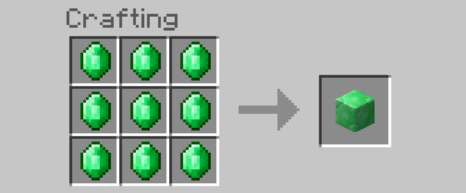
Nine gold ingots (made from smelting gold ore for each gold ingot) can be crafted into a block and the block can be reverse-crafted back into ingots. Gold blocks are necessary ingredients in enchanted golden apples and in building the nether portal in the PE edition (the version of Minecraft for mobile devices).
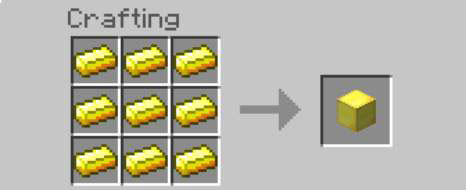
Gold nuggets are crafted by placing one gold ingot in the crafting grid, yielding 9 nuggets (this recipe can also be reversed). Because a nugget represents only one-ninth of an ingot, it’s a significantly cheaper ingredient than in recipes that call for either ingots or blocks. Nuggets are used in firework stars, glistering melon, and the golden carrot.
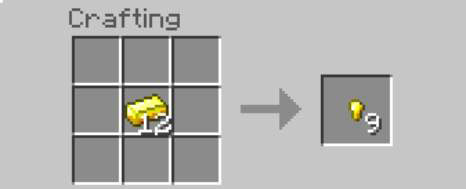
The blue block of lapis lazuli, which functions like stone rather than ore, is used as a decorative block and an occasional trap because it looks like water (luring other players into jumping onto it). Like the other mineral blocks, a lapis lazuli block is crafted from 9 lapis lazuli stones, and the block can be crafted back into the 9 stones.
Lapis lazuli is a common ingredient in dyes that are used to dye armor, wolf collars, firework stars, hardened clay, stained glass, and wool. The color and texture of lapis lazuli has also become one of Thomas’s favorite colors in the game (among other players), and it’s commonly used as a decorative block.
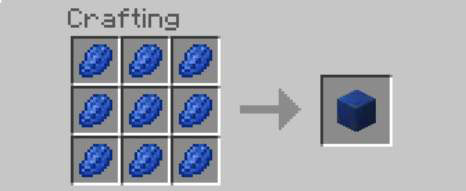
Redstone is one of the most powerful features in Minecraft. A redstone block, crafted from 9 redstones, acts as a power source. When placed, a redstone block powers adjacent redstone dust, redstone repeaters, and redstone comparators. A redstone block also activates redstone components. It doesn’t power adjacent opaque blocks.

Iron blocks are crafted from 9 iron ingots. Remember that iron ingots are smelted from iron ore.
Iron blocks are critical ingredients in iron golems and anvils.
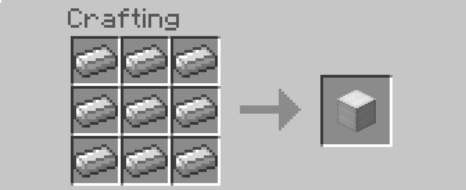
Nether Quartz, as the name implies, can only be obtained in the Nether. It is a key ingredient in Daylight Sensors and Redstone Comparator as well as other quartz-based recipes. Nether Quartz is ready to use as soon as you mine it and does not need to be smelted.
Gold and iron ore must be smelted before being used as ingots. Coal, diamonds, emeralds, lapis lazuli, redstone, and Nether Quartz can be used immediately or crafted into blocks.

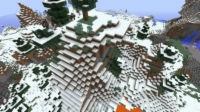

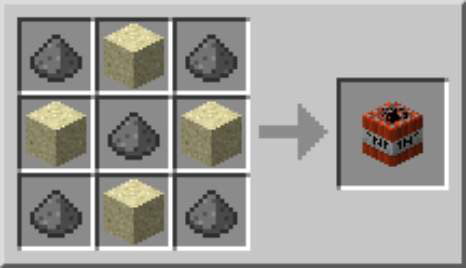
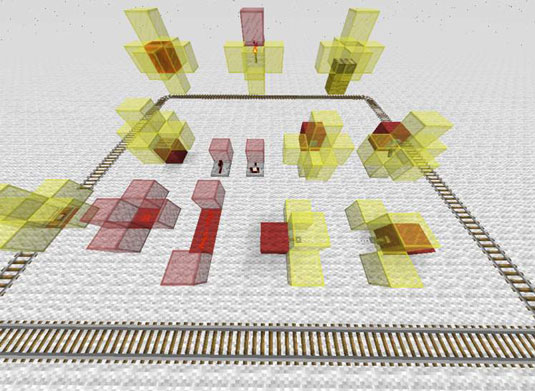 The Laws of Minecraft Redstone - For Dummies
The Laws of Minecraft Redstone - For Dummies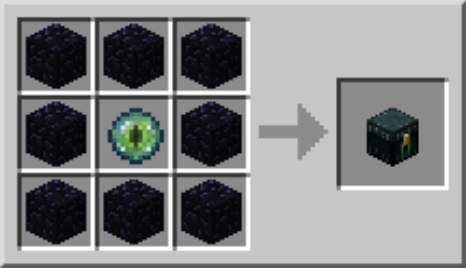 Ender Chests and Eye of Ender in Minecraft - For Dummies
Ender Chests and Eye of Ender in Minecraft - For Dummies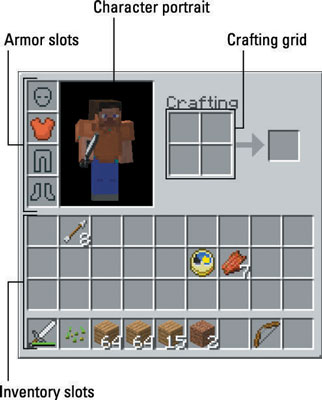 How to Prepare for Your First Night in Minecraft - For Dummies
How to Prepare for Your First Night in Minecraft - For Dummies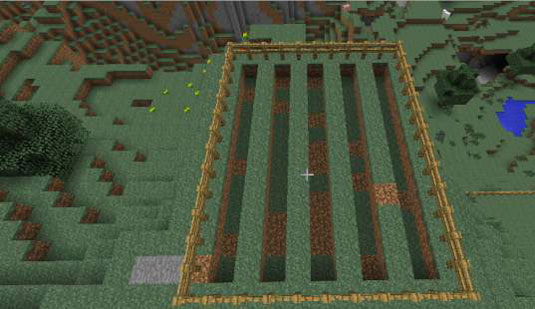 How to Prepare the Land for Your Minecraft Farm - For Dummies
How to Prepare the Land for Your Minecraft Farm - For Dummies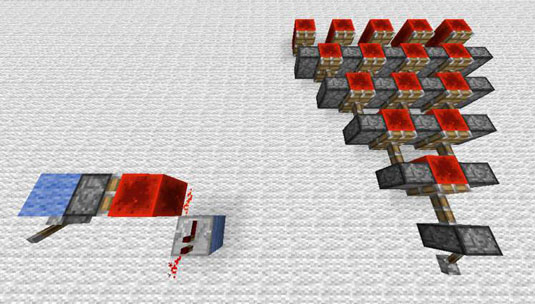 How to Push Powerful Blocks in Minecraft with Piston Machines - For Dummies
How to Push Powerful Blocks in Minecraft with Piston Machines - For Dummies